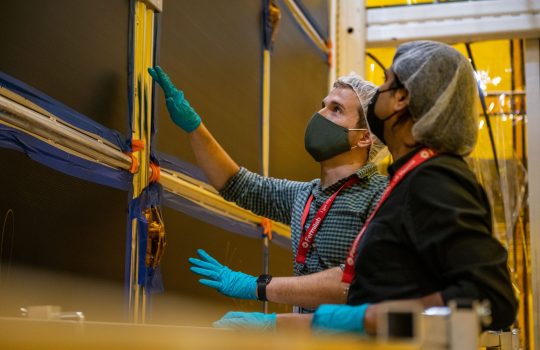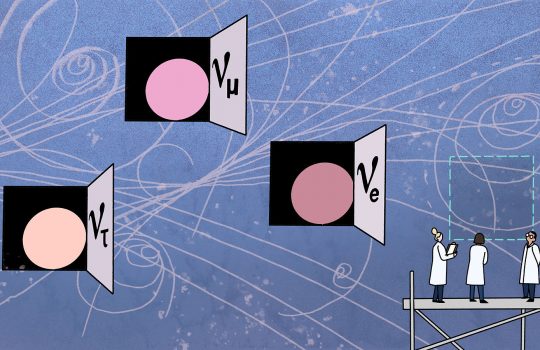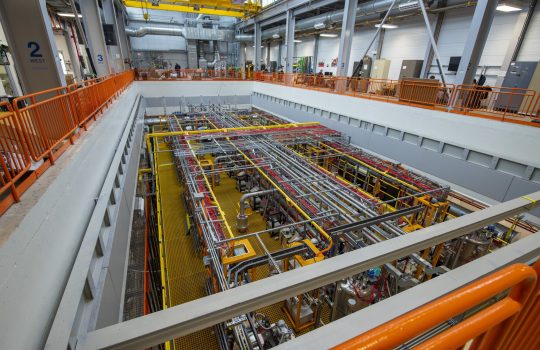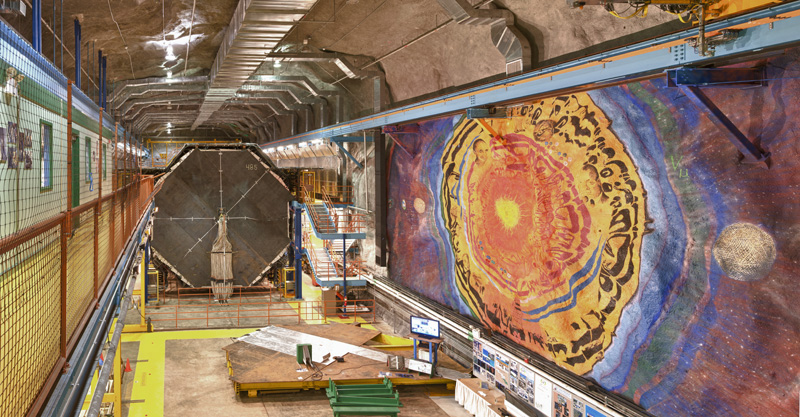Scientists assemble final detector of Fermilab’s Short-Baseline Neutrino Program
- detector
- neutrino interactions
- Short-Baseline Near Detector
- Short-Baseline Neutrino program
- sterile neutrino
- UNICAMP
This summer, a team of scientists, engineers and technicians finished installing one of the main components that will create the strong electric field within the Short-Baseline Near Detector. Now they are getting ready to assemble the rest of the detector.





